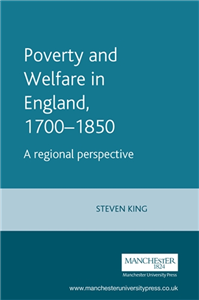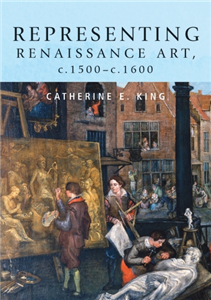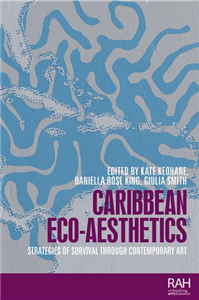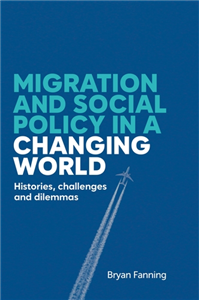Exisle Publishing
Exisle Publishing is an independent publisher of non-fiction, covering a broad range of subject areas including self-help, health, lifestyle, biography, and business. Exisle is concerned about long-lasting quality and sales which continue. What we really like to do is find a great subject and have it written about properly by a real expert, support them with a brilliant designer and a top editor and take the book to market. EK Books, our children’s books imprint, is on a mission to publish children’s books on themes that other publishers fear to touch. While our books often focus on heavy issues, we aren’t afraid to tackle lighter subjects as well. And even the darkest themes contain a message of hope and optimism!
View Rights Portal






















